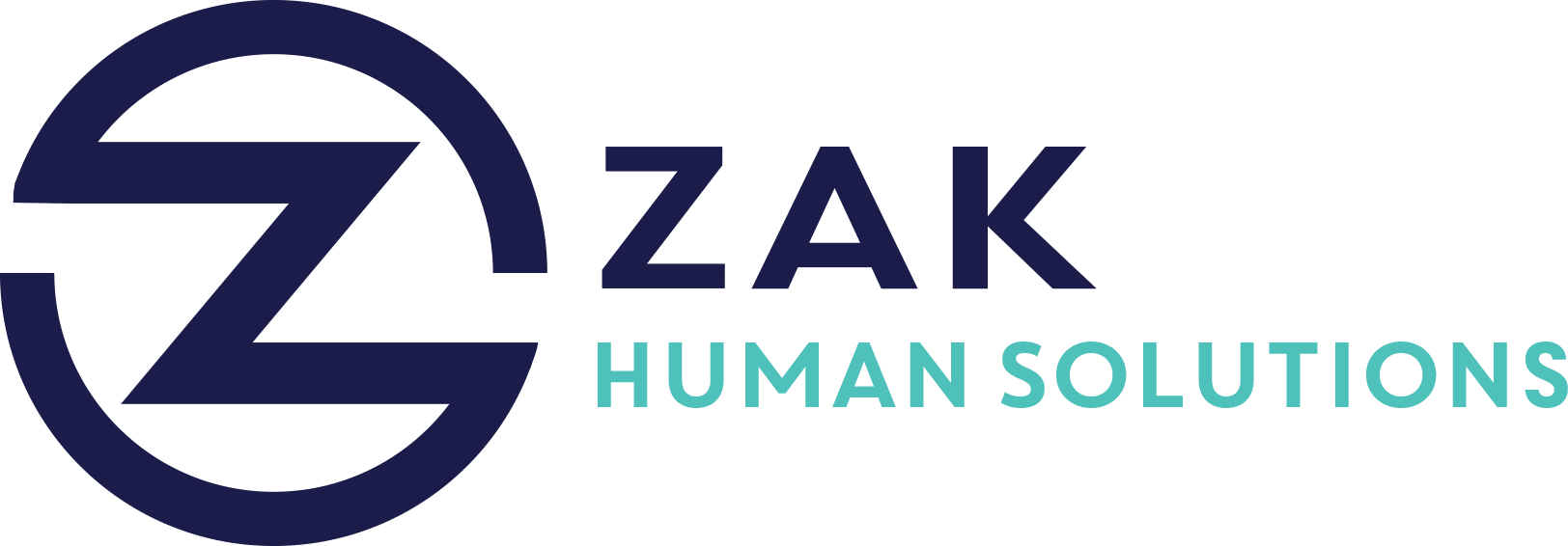Key Takeaways
- HR leaders should unlearn outdated beliefs to drive strategic evolution.
- Recruiters should be seen as strategic talent advisors, not just matchmakers.
- Flexibility shouldn’t overshadow setting long-term growth goals.
- Skills-based hiring requires a deeper strategy beyond matching skills to roles.
- Encourage upskilling and future skill mapping for workforce alignment.
In the rapidly evolving world of business, Human Resources leaders must adapt to new paradigms to unlock their teams’ full potential and support organizational growth effectively. This blog post explores some outdated HR beliefs that can hinder progress and highlights strategies to move forward.
Unlearning Outdated Beliefs in HR
The role of HR has expanded dramatically over the past several years, necessitating a strategic shift in mindset. To facilitate growth and adaptation, HR leaders must unlearn certain outdated beliefs.
1. Recruiters: From Matchmakers to Strategic Advisors
Traditionally, recruiters were viewed merely as matchmakers, connecting potential employees with job opportunities. However, this narrow view undermines their potential to serve as strategic advisors.
- Understanding the Talent Landscape: Recruiters possess crucial insights into the skills necessary for business growth. By advising hiring teams and guiding talent management processes, recruiters ensure that acquisition strategies align with organizational goals.
- Empowerment and Upskilling: HR leaders should empower recruiters by providing them with opportunities to upskill. Encouraging involvement in skill mapping can help anticipate future organizational needs, allowing recruiters to hire for potential.
2. Balancing Flexibility with Growth Planning
Flexibility has been a hallmark of successful HR teams, allowing them to adapt to shifting business needs. However, this adaptability should not overshadow the importance of setting long-term growth goals.
- Strategic Planning: While it’s crucial to remain adaptable, having a well-thought-out strategy ensures readiness for future opportunities. HR leaders should develop plans that allow for flexibility without losing sight of overall objectives.
- Three-Quarters Baked Strategy Plans: By creating strategies that are 75% complete, HR can accommodate unforeseen changes without sacrificing long-term vision.
3. The Depth of Skills-Based Hiring
Skills-based hiring is often oversimplified as merely matching candidates’ skills to job descriptions. However, this limited view overlooks the broader strategic implications.
- Comprehensive Skill Alignment: Beyond matching skills, HR leaders should align talent acquisition with broader organizational capabilities. This can include integrating skills from non-technical areas to support evolving business needs.
- Leveraging AI in Hiring: Modern technology offers powerful tools to enhance skills-based hiring. AI can aid in making more informed, data-backed decisions to match candidates with roles effectively.
Strategies for HR Leaders
Implementing the aforementioned shifts requires deliberate actions and strategies:
- Empowering Recruiters: Support their development as strategic talent advisors. This can involve training programs focused on industry trends and talent landscape analysis.
- Flexible Yet Firm Growth Plans: Encourage a planning ethos that marries flexibility with the establishment of clear, long-term goals. This dual focus ensures agility without ambiguity.
- Enhancing Skills-Based Hiring Initiatives: Invest in tools and processes that deepen the understanding of the organization’s future skill needs. Encourage departments to collaborate in defining strategic roles and required competencies.




